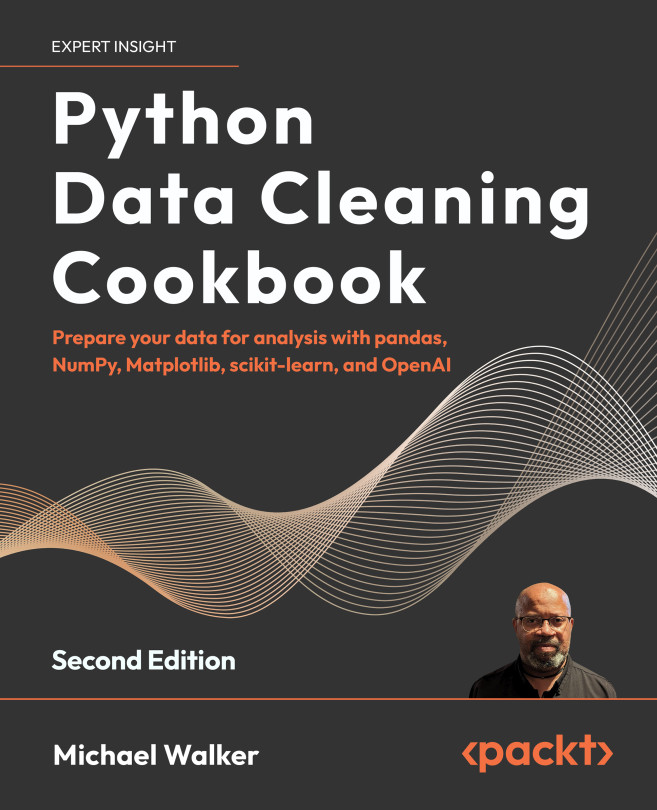Combining the power of RAG and Neo4j knowledge graphs with GraphRAG
In the previous chapter, we looked at the retriever, which is the heart of RAG flows. The retriever leverages data stores to retrieve relevant information to provide to LLMs to get the best response to our question. Retrievers can work with various data stores as needed. The data store capabilities can greatly determine how useful, quick, and effective the information retrieved is. This is where graphs play a great role. That’s how GraphRAG came into being.
Note
You can read more about GraphRAG and how it is effective at https://www.microsoft.com/en-us/research/blog/graphrag-unlocking-llm-discovery-on-narrative-private-data/ and https://microsoft.github.io/graphrag/. For a comprehensive understanding of GraphRAG, you can refer to Microsoft’s research paper titled From Local to Global: A Graph RAG Approach to Query-Focused Summarization (https://arxiv.org/abs/2404.16130). Additionally...
































































